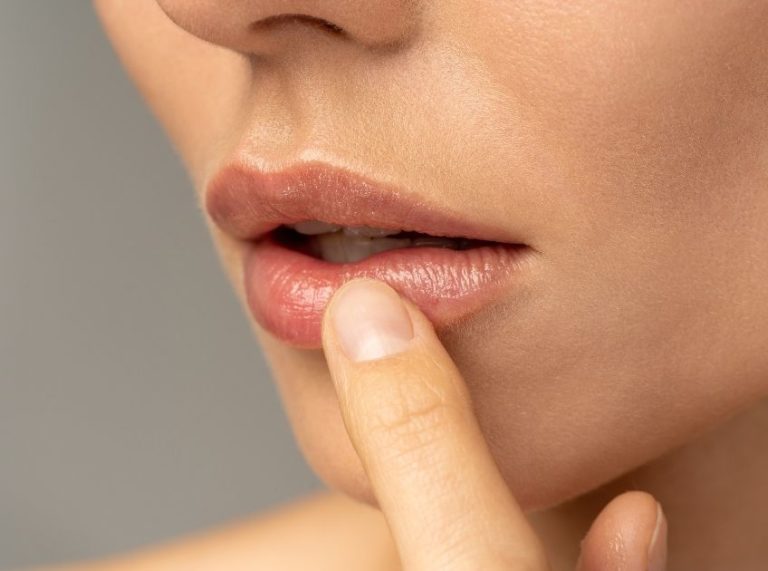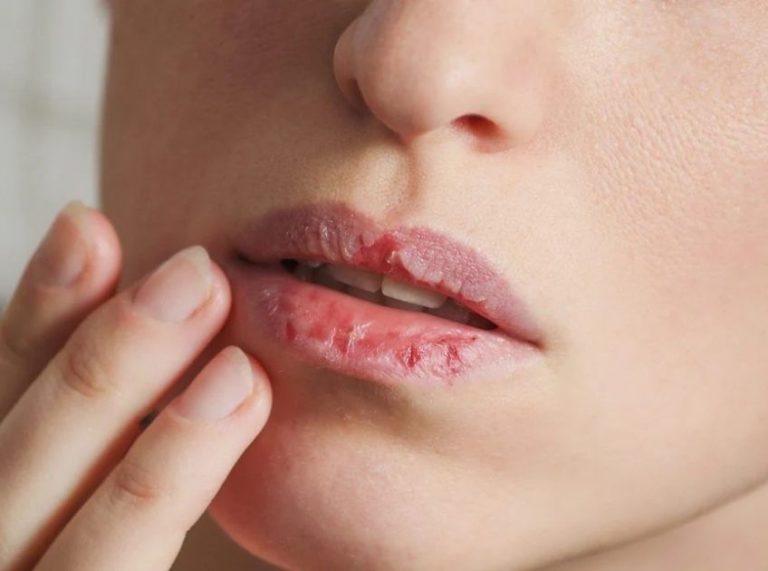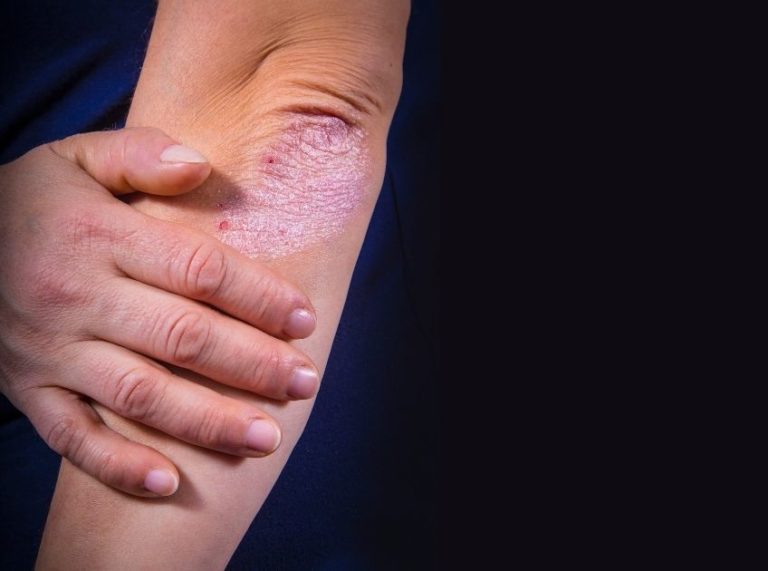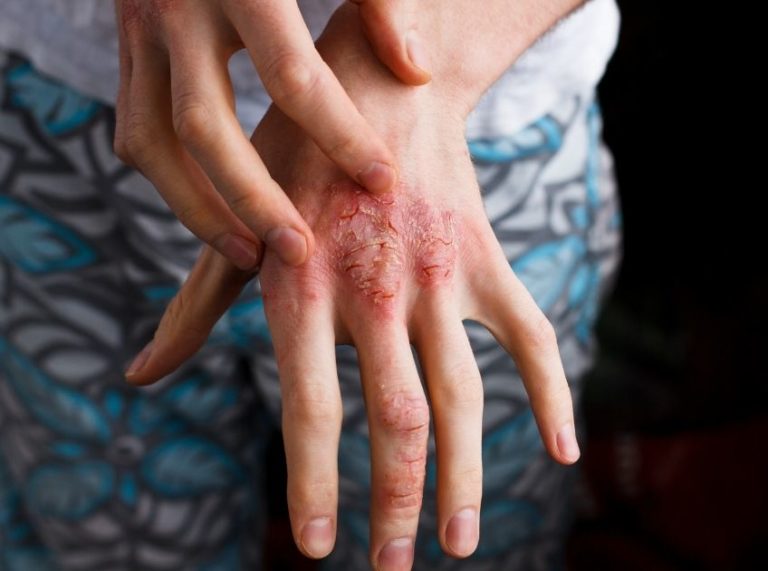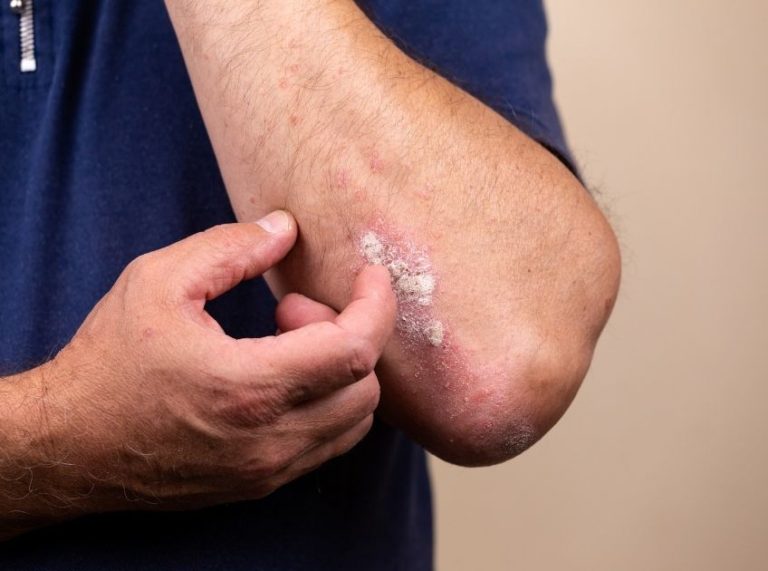
Important: This article is for informational purposes only. Please read our full disclaimer for more details.
There are multiple reasons for bump formation on the forehead. This could be due to tissue growth or insect bite. Bumps on forehead can be in the form of pimples, lipomas, cysts, or benign bony lumps (also called osteomas).
Article Contains
In this article, you will learn about the causes of forehead bumps, their effective treatment options and when you should visit a doctor for their treatment.
Types of Bumps on Forehead
Most bumps may not need medical care and are harmless. However, this is not always the case. Sometimes, a small painless bump could raise alarm for concern. If not treated on time, they may become serious. Hence, it is essential to understand the various types of bumps and their possible causes.
For instance, head trauma may cause swelling under the skin, called a hematoma or goose egg. Such bumps cause quick forehead swelling because of the numerous blood vessels under the skin.
Bumps formed due to abnormal bone or tissue growth are harmless, but you may treat them for cosmetic concerns.
Below are the various types of bumps on forehead-
1. Pimples

A pimple is a small papule or pustule on the skin. These form when the oil glands on the skin become infected or blocked due to dirt. Pimples can form anywhere on the face. A small cluster of pimples may not require treatment, but a pimple outbreak, also called acne, may lead to scarring (1).
Acne can be treated by using retinoids creams, benzoyl peroxide, antibiotic creams or ointments, and isotretinoin.
2. Skin Cysts
Skin cysts develop anywhere on the body, including the forehead. Shaped spherically, these appear yellow or white in colour. These cysts grow slowly over time and vary in length. (2)
Cysts are collections of mainly skin protein keratin and filled with fluid. They might be painful if infected with bacteria. Developing deep inside the skin, they are usually non cancerous.
Placing a clean, warm washcloth helps to soothe the cyst and reduce inflammation. If you pop it, you might risk further infection and scarring at that place. People mostly remove cyst for cosmetic reasons though surgery.
3. Hematoma

A hematoma is a visible bump formed under the scalp skin. When a person suffers from trauma due to a fight, assault or falling down from a height, the blood collects outside the blood vessels. This creates a bump that can be easily noticed.
Sportsmen of football, boxing, hockey etc. usually get hematoma bumps due to the nature of their sports. (3)
Hematoma needs medical attention only if it increases in size or is painful. However, it is vital that you seek medical attention for a proper diagnosis. It doesn’t damage the brain but only the muscles that are outside. People who suffer head injuries for any reason might be at a risk of developing hematoma.
4. Insect Bite and Stings

Very common reason for bumps on the forehead is an insect bite or a sting. These cause inflammation, redness at the affected area and are usually accompanied by pain that may range from mild to extreme.
At times, these also result in allergies (4). These can be treated by application of corticosteroids, and oral antihistamines.
If the allergy becomes serious, it is important that you take medical attention; else it might result in anaphylaxis which is a life-threatening condition.
It may also transport viral or bacterial infection inside the body, leading to further complications. A person needs to immediately seek medical attention if any symptoms of infection, allergy or organ dysfunction is observed post insect bite or sting.
5. Lipoma
Lipoma is soft, slow-growing, fat-filled benign tumour cells (5). They grow on the neck, shoulders, back, forehead, and areas that have sustained previous injuries. Lipomas may grow if a person suffers from alcohol use disorder, glucose intolerance, liver diseases, obesity, or is aged between forty to sixty years.
The lipomas are usually harmless and do not bother except for their appearance.
Doctors treat lipomas by providing steroid injections or surgically removing them. While checking lipomas, the doctor conducts tests to confirm whether or not it is liposarcoma.
6. Osteoma
An osteoma develops either on a body tissue or on top of another piece of bone. It is a bony, benign growth. People suffering from osteoma may experience headaches and neurological dysfunctions.
After conducting tests to confirm that it is non cancerous, the doctor may suggest surgical removal.
7. Skull Metastases
Hepatocellular carcinoma is a type of liver cancer that can sometimes spread to other body parts like the forehead. Happening rarely, such skull metastases may never show any additional symptoms.
When to See a Doctor?
The need to visit the doctor depends mainly on the person’s symptoms. Sometimes, the bump may heal itself, but other times, it may need medical attention. In the conditions listed below, you may know the suspected causes of the bumps.
- Head injury
- Insect bites and swings
- Sudden appearance of big bumps
- Loss of consciousness
- Sudden sleepiness, and mood swings
- Headache, nausea, vomiting, differently sized pupils, or loss of eye coordination
- Abnormal behaviour suddenly or an abrupt change in personality
Conclusion
A person may develop a bump on the forehead due to several reasons. Some may not require treatment; however, those resulting from fall or contact sports may be more serious.
A bump on your forehead needs to be monitored closely. A change in size, colour or if accompanied by pain needs medical attention.
Related Articles
- Why Do I Have A Bump On My Nose?
- How to Get Rid of a Nose Piercing Bump?
- What Causes Bumps On The Roof Of Your Mouth?
- How To use Apple cider Vinegar For Lipoma Treatment
- Apple Cider Vinegar for Razor Bumps – Benefits, Uses and Prevention Tips
- Baking Soda for Razor Bumps – Benefits, Uses and Precautions
- Tea Tree Oil for Razor Bumps – Benefits, Uses and Prevention Tips
- What Causes Red Bumps On Back Of Throat
- Bump on the Side Foot – Common Causes & Treatment Options
- Why Do I Have White Bumps on My Tongue?
- How to Use Aspirin for Razor Bumps
- How to Get Rid of Razor Bumps In The Bikini Area?
- 7 Best Razors For Sensitive Skin
- How to Get Rid of Razor Bumps Using Aloe Vera?
- The 12 Best Home Remedies To Get Rid Of Razor Bumps Fast
- How to Tell If It’s Herpes or Razor Bumps? Causes, Symptoms and Treatment
Image Source : canva
